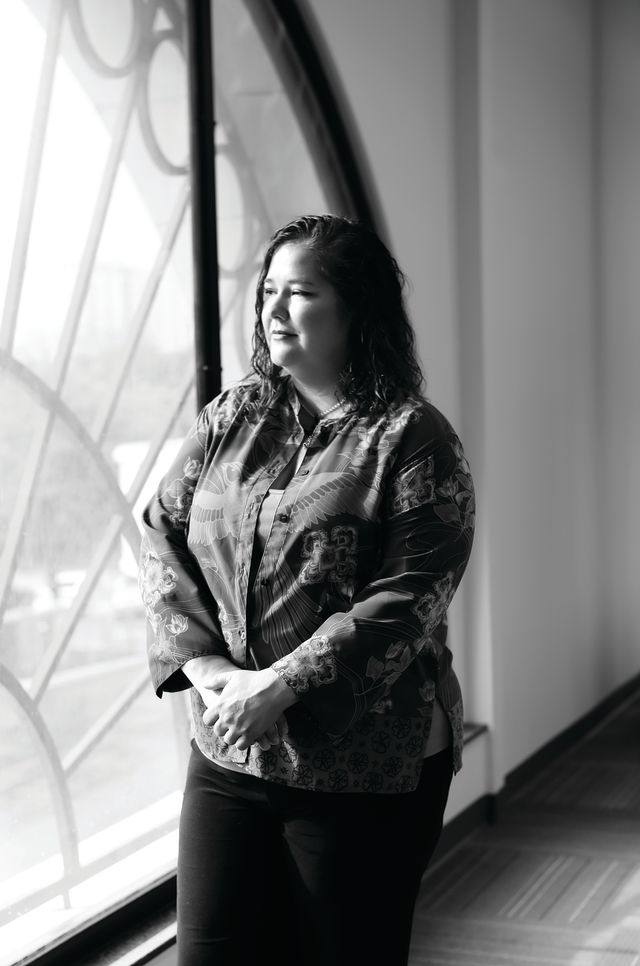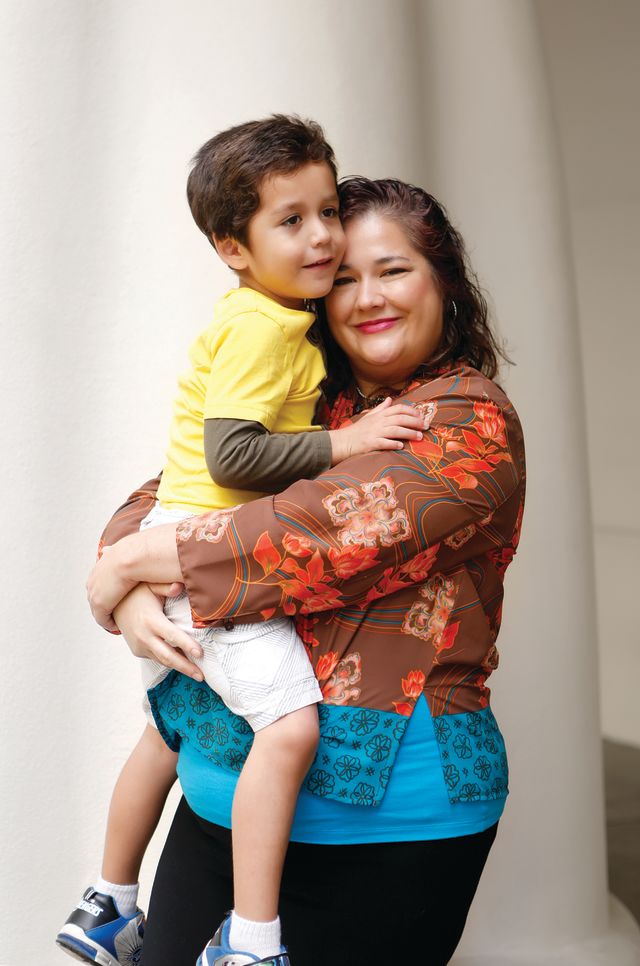Binge Drinking is Up in Sarasota County. Why?

For Dianne, binge drinking led to addiction to other drugs.
Image: Jennifer Soos
Dianne started drinking at 20. At first, it was fun. She partied at clubs and fell into the local rave scene. But by her late 20s, she was drinking before going out and after the party ended. She drank to wake up in the morning. She drank before she went to work. She drank while waiting tables. Alcohol led to marijuana, to opiate pills, to cocaine and crack.
“Binge drinking is [a] precursor,” says Dianne, who asked that we not use her last name. “As the binges get closer together, before you know it, you’re in full-blown addiction.”
For Dianne, addiction meant a seemingly bottomless spiral down. In 1999, she was riding in the passenger seat drunk when her friend, also drunk, drove into the scene of an accident that had happened just moments before, killing a nursing assistant who had stopped to help. Later, addicted to crack, she lived on the streets of Oneco for three and a half years. Even when she found out she was pregnant, she couldn’t quit; all she could do was reduce her intake to four to six beers a day.
Dianne’s story may be more extreme than most, but her struggle with alcohol abuse is growing more common in Sarasota County. According to a community health assessment released in January by the county health department, binge drinking is on the rise.
The agency defines binge drinking as consuming at least four drinks (for women) or five drinks (for men) on a single occasion. Through a series of surveys, the health department found that 35 percent of adults ages 18-44 had drunk that much in the previous 30 days, a 17-point increase from three years before. The rate of binge drinking among those with incomes of more than $50,000 also shot up, from 17 percent to 30 percent. Overall, almost 22 percent of county residents reported binge drinking during the previous 30 days; that’s up from less than 14 percent in 2002.
While we’re drinking more, the overall rate of binge drinking in Florida has ticked up only slightly, from 16.3 percent in 2002 to 17.6 percent in 2013. The problem is especially pronounced among women. Almost 20 percent of Sarasota women reported binge drinking, compared to just over 12 percent around the state.
What’s going on? P.J. Brooks, vice president of outpatient and youth services with First Step of Sarasota, which works to prevent and treat alcohol and drug addiction, says the region’s wealthy retirees can be vulnerable to alcoholism. They’re surrounded by bars and restaurants, and their social lives can be consumed with parties, events and arts gatherings. “They’re not worried about getting up for work,” he says. In addition to having time on their hands, retirees, far from their families and friends, may feel lonely and turn to drinking to fill the void. Our affluent population can also afford to take advantage of the craze for craft beer and cocktails, and our tourism industry ensures that there’s no shortage of bars.
Alcohol-related car crashes have risen alongside our binge-drinking rate. Between 1997 and 2011, even as our population grew, the number of annual alcohol-related crashes declined, from 569 to 315. But in recent years, those numbers have begun to rise, up to 342 in 2012, 360 in 2013 and 407 in 2014. (Those numbers often fluctuate, so it’s difficult to say whether the recent numbers represent a sustained trend.) DUI arrests countywide, meanwhile, have dipped, from 1,245 in 2010 to 1,007 in 2013 and then all the way down to 789 in 2015, a significant drop-off that’s due in part to the expiration of a Florida Department of Transportation grant that helped the sheriff deploy additional traffic personnel.
And as we’ve fretted about the availability of prescription pills and heroin, alcohol remains as easy to find as ever. “Alcohol is far and away the No. 1 abused drug in America,” Brooks says. “It kills four times as many people as other drugs combined.”

Dianne and her son, Christian, 4, who was born with some alcohol-related problems, are now both doing well.
Image: Jennifer Soos
Alcohol didn’t kill Dianne. Her son, Christian, was born in 2011. When he was 15 months old, the Florida Department of Children and Families nearly took custody of him. It was the threat Dianne needed to sober up. She spent six months in a Salvation Army 12-step program and now works at a grocery store and lives with Christian in a small north Sarasota apartment. “Now I can’t even imagine making the stupid decision to pick up a drink,” Dianne says. “It would be like opening Pandora’s box.”
Christian, now 4, was diagnosed as being within the spectrum of fetal alcohol syndrome disorders, but his brain is full-sized and he’ll soon enter kindergarten in a mainstream class. Occupational and speech therapy have helped, as has support from The Florida Center for Early Childhood and other nonprofits. “For the rest of my life, I’ll have that mother’s guilt,” Dianne says. “I can’t change what I did.”
Dianne now speaks about her experiences to help people see the face of addiction; she also helps raise money for the organizations that helped her. “You’d have to be a millionaire to pay for the team of people to get the results we’ve gotten,” she says.